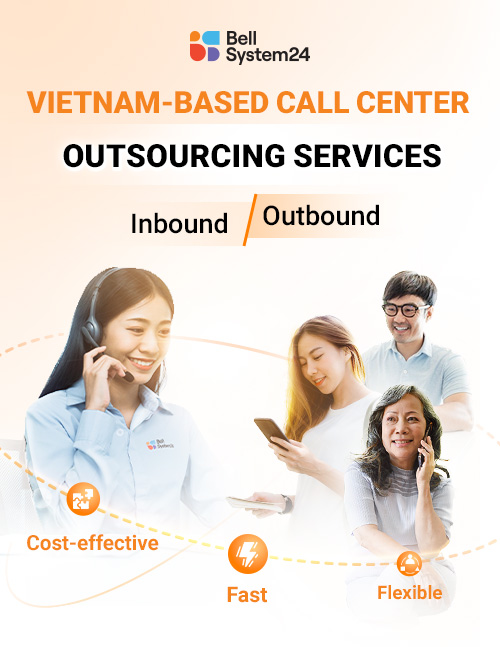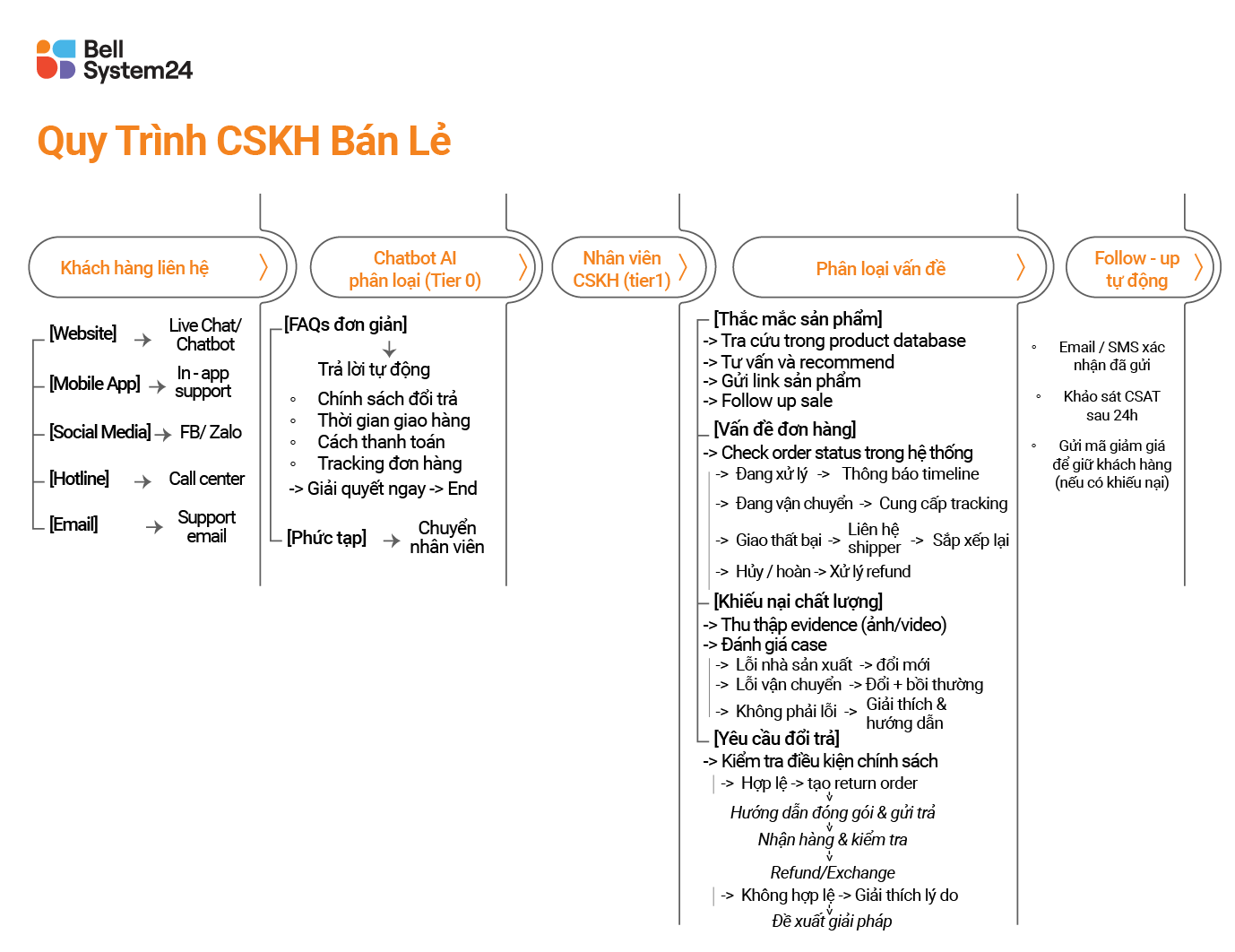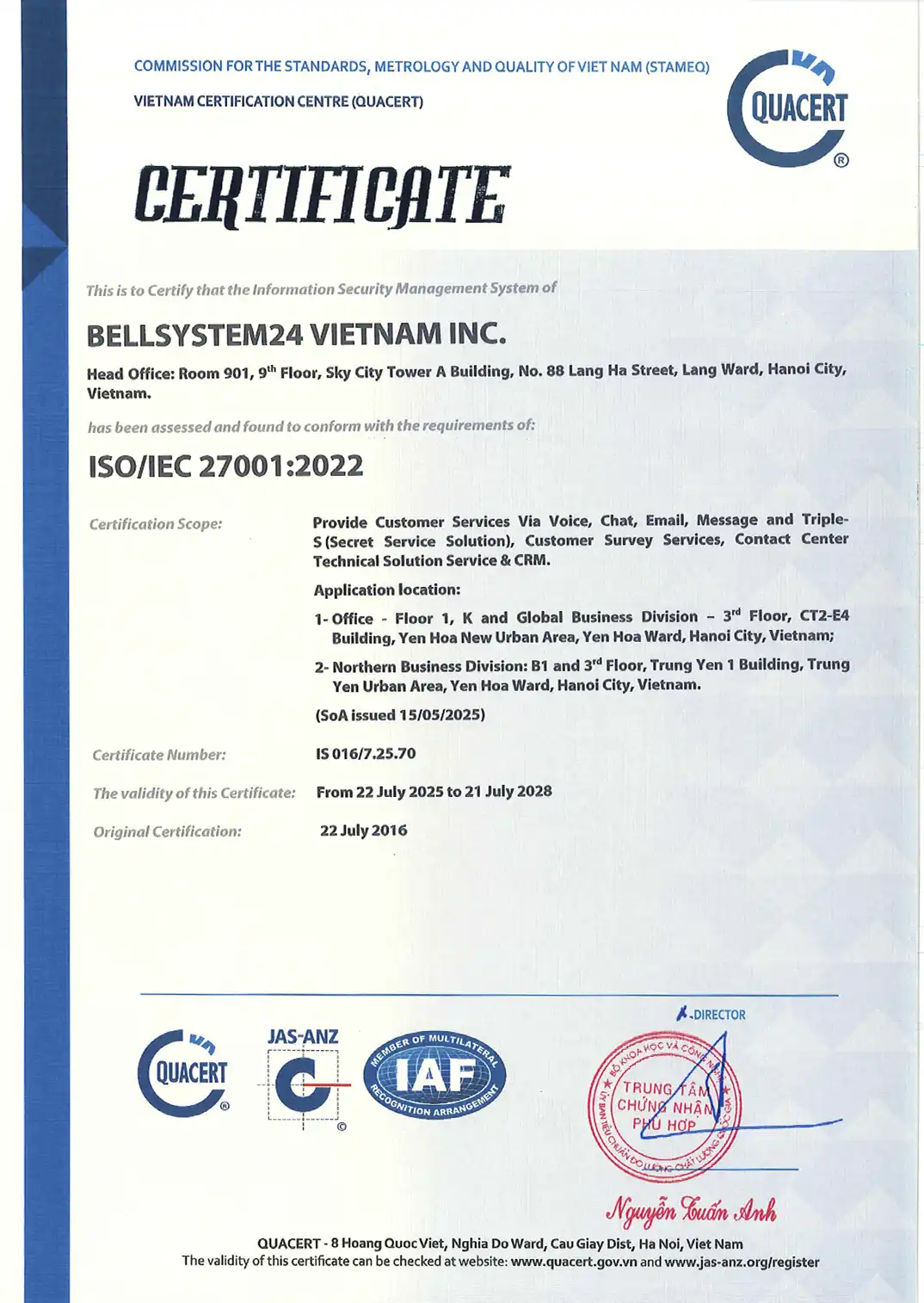According to research, an average CRM system helps sales staff increase revenue by 41%Statistics also show that there are up to 43% Businesses are not fully utilizing even half of this system's capabilities (According to salesforce.com).
In a Forrester report conducted on more than 150 businesses, it was found that up to 18% The number of businesses encountering problems directly related to the lack of a specific strategy when implementing this software.
Therefore, a well-structured strategic mindset is an important prerequisite that helps managers make decisions that optimize the effectiveness of this system in customer information management. Below are some suggestions to help businesses develop an effective strategy.
1 Identify the purposes for using the software
The most important thing when investing in business is to identify the objectives and measure the effectiveness. In the case of investing in software, a customer information management system must serve a specific purpose in the business strategy.
The first step for managers is to identify these objectives, divide them into long-term or shorter-term goals, and then set specific measurement standards for them.
These measurement standards must be carefully designed and monitored to fully reflect the actual business operations of the enterprise, helping the enterprise make appropriate improvements to enhance the quality of its business activities.
2. Customer group classification
Managers and businesses are increasingly aware of the importance of retaining and leveraging existing customers. In this era of fierce competition, prioritizing and retaining loyal customers and VIP customers is something that cannot be overlooked.
That is why the customer management system will help businesses categorize customers. Conversely, based on the system's reports, managers will see which customer groups to focus on more and develop strategies and solutions tailored to potential customers, thereby maximizing profits.
3. Training and coaching for the staff
It is not enough for managers to simply convey and instruct employees on how to use and measure metrics. In order to properly achieve the set goals, the entire company must be united, meaning that employees must also understand the importance and objectives of using the customer information management system.
In addition to providing guidance and disseminating direction, each employee must also incorporate the system into their individual work and adjust their goals to align with the long-term common objectives. For example, the sales department must clearly set revenue targets, specifying how much % comes from existing customers and how much % is allocated for new customers. The Marketing Department needs to use customer data and customer feedback to improve products...
Employees who understand the benefits that the system can bring will know how to apply it to optimize work productivity and business efficiency.
4. Incremental changes and improvements
With its powerful measurement and statistical capabilities, customer relationship management software can be applied to almost all aspects of customer-centric business activities such as sales, delivery, marketing, customer care, etc.
However, in the early stages, there will be difficulties in standardizing work processes across departments. In addition, when the data returned is not as expected, it will create enormous pressure on managers. Therefore, businesses must be prepared to change and improve all aspects of their operations to become more professional.
Note that changes should be implemented gradually and systematically to avoid rushing and causing staff to fall behind or creating adverse effects on the application of new technologies. Therefore, it is entirely reasonable to develop a long-term plan right from the start.
5. Monitor customers before, during, and after using the product
Based on a system capable of storing and processing large amounts of information such as CRM, managers can now begin researching the customer experience journey even before they make their first contact with the business. For example: the number of emails customers need to receive before they make contact, which email content is opened most often, what type of content triggers users to fill out the contact form most often, etc.
6. Evaluate and improve
The primary purpose of customer relationship management (CRM) software remains to support businesses in implementing improvements to enhance operational efficiency. Understanding where a business is weak and what common issues are affecting the effectiveness of its sales, marketing, customer service, product delivery, and other departments will help the business focus its resources on addressing the root causes of the problems and achieving the desired results.
No matter how modern the system is, its effectiveness can only be optimized with human involvement. A well-thought-out long-term plan will help keep everything on track.
Therefore, instead of asking, "Which software?", managers should take the time to think about answering the question, "What strategy?". Ultimately, strategic thinking is what has the ability to guide and deliver long-term results.







